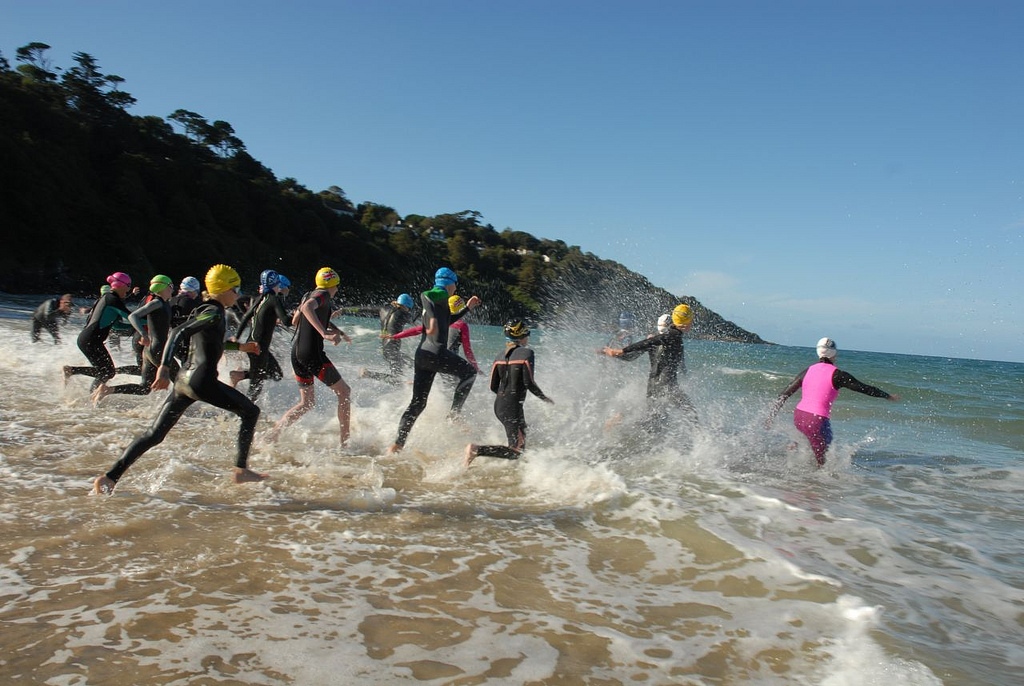Let the Children Swim
When looking at open water swimming race results recently I’ve noticed increasing numbers of the letters MY, MJ, FY and FJ appearing near the top of the rankings. The letters indicate youth and junior categories for both sexes. For us older swimmers, while it is slightly depressing to be pushed ever further down the results list, it has to be a good thing for the sport, and for society.
If you look further, in some races you’ll now see youngsters represented throughout the results list, which is even more encouraging as it means open water swimming is not just appealing to top-level club swimmers but also to teenagers who are not necessarily in regular training.
Unfortunately not all race organisers cater for youngsters. Some events are restricted to the over 18s, or the bar is set variously at 12, 14 or 16 years. There are good reasons for this. Open water swimming involves a degree of risk. We accept that adults can choose to put themselves at risk but we are rightly more cautious about letting children do the same. The consequences of the death of a child in an event would be devastating for any organiser and possibly for the on-going participation of children in open water swimming. There are also concerns about child protection and insurance.
On the other hand, a report out today from the Young Foundation paints a grim picture of the cost of sloth and describes today’s youngsters as the ‘most inactive generation in history’. It says that “a recent survey found that five- to sixteen-year-olds in Britain spend on average nearly six hours per day in front of screens,” and that it costs the UK economy £8.2 billion per year to sustain inactive Britons.
Could it be that by trying to keep youngsters safe and restricting their access to open water swimming we are putting them at greater risk in the long term of all the health issues that accompany limited activity?
The report goes on to suggest a number of policy recommendations to encourage increased participation in sport at all levels. It should also mention removing barriers to participation in mass start open water swimming events.
Children learn by example. If they see their parents taking part in and enjoying open water swimming, many will want to do the same. At some events you see three generations from the same family taking part, and it’s amazingly satisfying for both parent and child when the child swims faster. But some organisers still feel uncomfortable about youth participation.
Cornwall seems to be ahead of the game in this area. The annual Newlyn to Penzance swim always attracts a good contingent of youngsters and last weekend saw the first running of the St. Ives Bay open water swim, where children clearly enjoyed the event (see picture). Perhaps it’s the Cornish surfing culture and the habit of putting kids into the sea to play, body board and surf from an early age that encourages organisers to support youth swimming.
(Picture, Patrick Tod)
Whatever the case, it shows that open water swimming is a great and accessible sport for youngsters. For all those organisers that already encourage and support youth participation at your events, keep up the good work. For those that don’t yet, please look at how you could do so in 2013.







